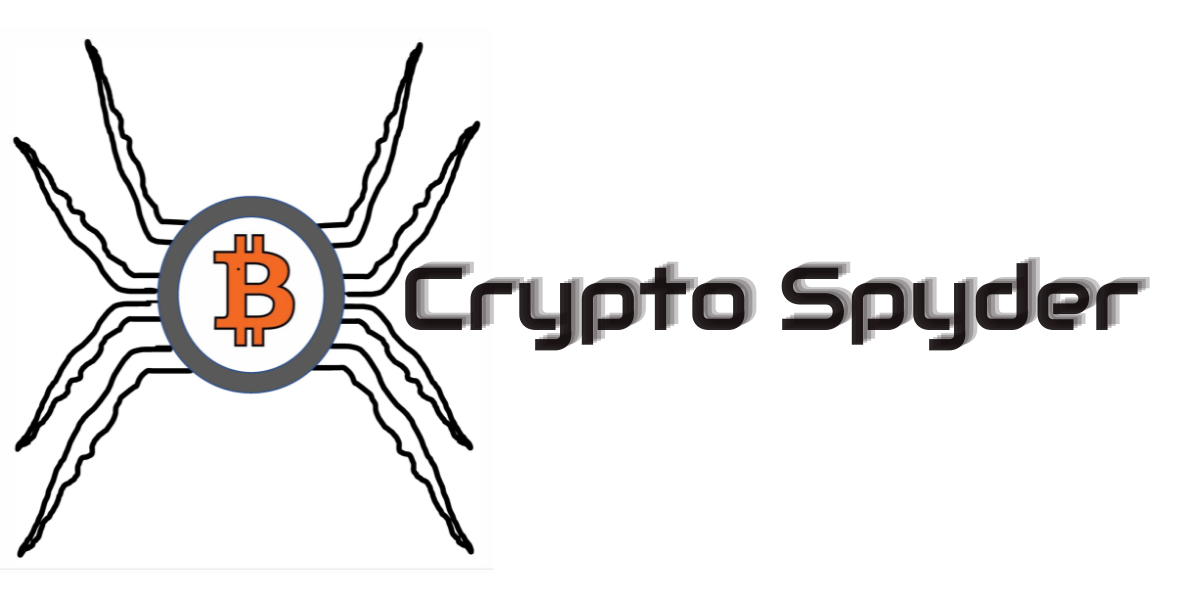Felix Pinkston
Feb 04, 2025 14:18
The SEC’s application of traditional market rules to crypto has sparked debate. Tailored regulations are suggested to address crypto’s unique features, fostering innovation while ensuring investor protection.
The U.S. Securities and Exchange Commission (SEC) has faced criticism for its method of applying traditional market rules to the rapidly evolving cryptocurrency sector. According to a16z crypto, this approach has been deemed counterproductive for fostering innovation and ensuring investor protection.
Challenges of Applying Traditional Rules to Crypto
The SEC’s historical approach, often termed “regulation by enforcement,” involves extending existing securities rules to new technologies like blockchain and crypto assets. This method has been criticized for its lack of clarity and adaptation to the unique characteristics of cryptocurrencies. Traditional rules, designed for conventional securities markets, do not always align with the decentralized and digital nature of blockchain technologies.
Need for Bespoke Regulations
There is a growing consensus that the SEC should adopt a bespoke regulatory framework tailored to the crypto industry. Such regulations would take into account the distinct features of crypto assets, such as tokenized securities and decentralized finance (DeFi) products, which differ significantly from traditional financial instruments.
The current regulatory proposals, like the Best Execution Rule and the Safeguarding Rule, highlight the challenges of fitting crypto into existing frameworks. These rules, primarily designed for traditional markets, fail to consider the operational dynamics of crypto, leading to confusion and potentially stifling innovation.
Proposed Approach for Effective Regulation
Industry experts suggest that the SEC should collaborate with crypto leaders to gather market data and insights. This collaboration would help in crafting rules that not only protect investors but also accommodate the innovative nature of cryptocurrencies. The SEC’s approach to security-based swaps post-financial crisis, where it exempted certain market participants from registration requirements, is cited as a successful example of tailored regulation.
Furthermore, the SEC is encouraged to use its existing tools, such as Exchange Act Rule 10b-5, to address fraud and manipulation, rather than imposing ill-fitting rules. This approach could prevent regulatory overreach and promote a balanced environment for crypto innovation.
Conclusion
The debate over SEC rulemaking underscores the need for a nuanced approach to cryptocurrency regulation. By recognizing the unique attributes of crypto markets and working with industry stakeholders, the SEC can develop a framework that ensures investor protection while fostering technological advancement.
Image source: Shutterstock

